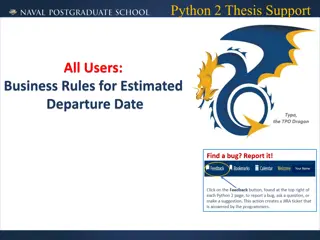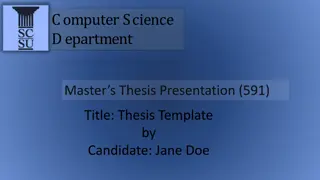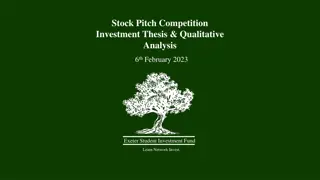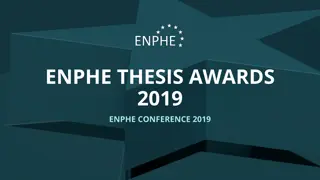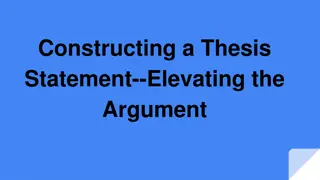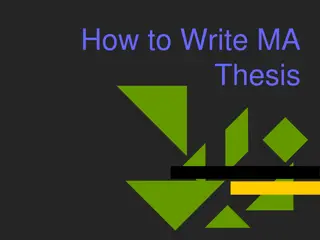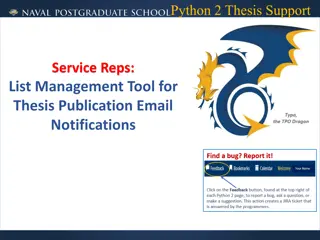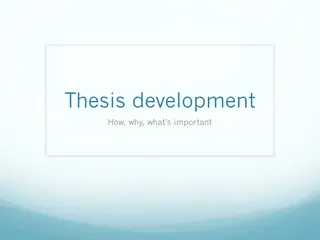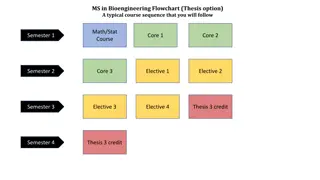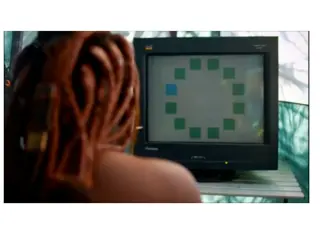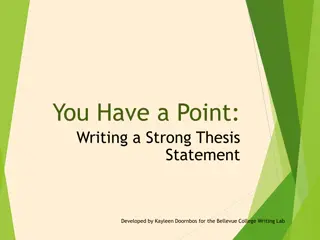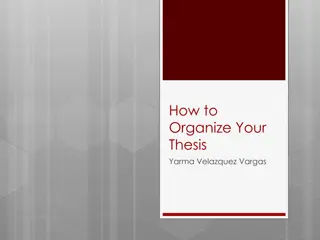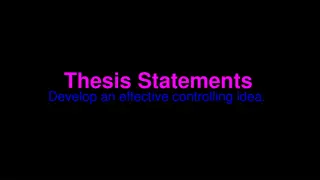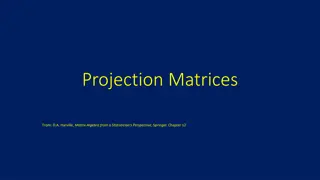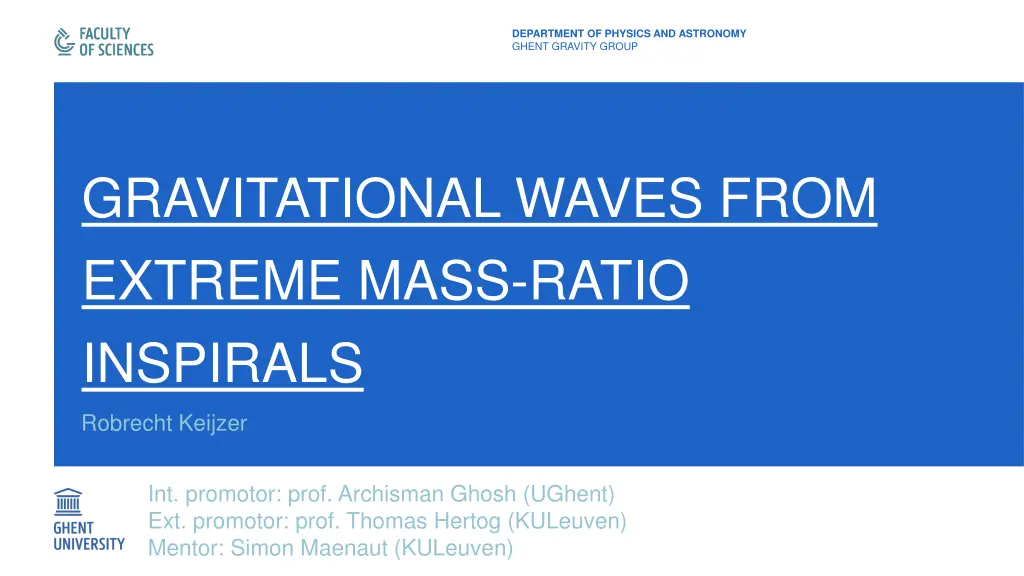
Gravitational Waves and Scalar Clouds Study
Explore the research on gravitational waves and scalar clouds in extreme mass-ratio inspirals within the Department of Physics and Astronomy at Ghent University. Follow the progress, calculations, and next steps of the study, focusing on LISA, scalar field amplitude, and results of scalar power analysis. Discover the strong gravity approach and detailed calculations involved in this cutting-edge research.
Download Presentation

Please find below an Image/Link to download the presentation.
The content on the website is provided AS IS for your information and personal use only. It may not be sold, licensed, or shared on other websites without obtaining consent from the author. If you encounter any issues during the download, it is possible that the publisher has removed the file from their server.
You are allowed to download the files provided on this website for personal or commercial use, subject to the condition that they are used lawfully. All files are the property of their respective owners.
The content on the website is provided AS IS for your information and personal use only. It may not be sold, licensed, or shared on other websites without obtaining consent from the author.
E N D
Presentation Transcript
DEPARTMENT OF PHYSICS AND ASTRONOMY GHENT GRAVITY GROUP GRAVITATIONAL WAVES FROM EXTREME MASS-RATIO INSPIRALS Robrecht Keijzer Int. promotor: prof. Archisman Ghosh (UGhent) Ext. promotor: prof. Thomas Hertog (KULeuven) Mentor: Simon Maenaut (KULeuven)
CONTENTS 1. Introduction 2. General approach 3. Calculations My progress Next steps 2
INTRODUCTION LISA: a new class of objects EMRIs! 3
GENERAL APPROACH Strong gravity? Scalar cloud backreaction to metric? small mass ratio, small scalar field amplitude (https://arxiv.org/pdf/2307.16093: Richard Brito & Shreya Shah - 2/10/2023) Vacuum background BH + perturbations Paper: Schwartzschild + spherical/dipolar scalar cloud 4
CALCULATIONS Make the expansion: Mass ratio q Scalar field amplitude ? 5
SCALAR POWER: RESULTS ?? = 0.2 for M = 100 000? : ?~10 16?? 6
MY PROGRESS Remember: Two components: axial & polar Two master equations QNFs: 7
NEXT STEPS - Paper (2023): Schwartzschild Slowly rotating 9


